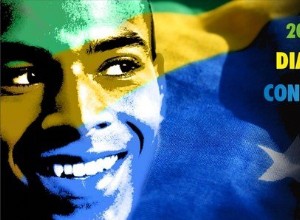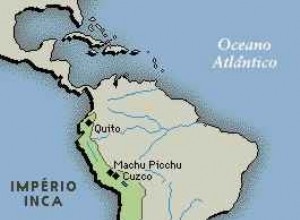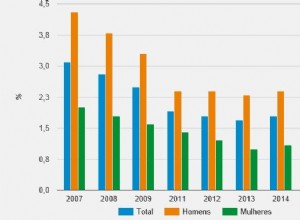The Day of Black Consciousness is celebrated on November 20 . Although it is not a public holiday throughout Brazil, it is a public holiday in some cities and in the following states:Rio de Janeiro, Mato Grosso, Alagoas, Amazonas, Amapá and Rio Grande do Sul. The date recalls the day Zumbi dos Palm




